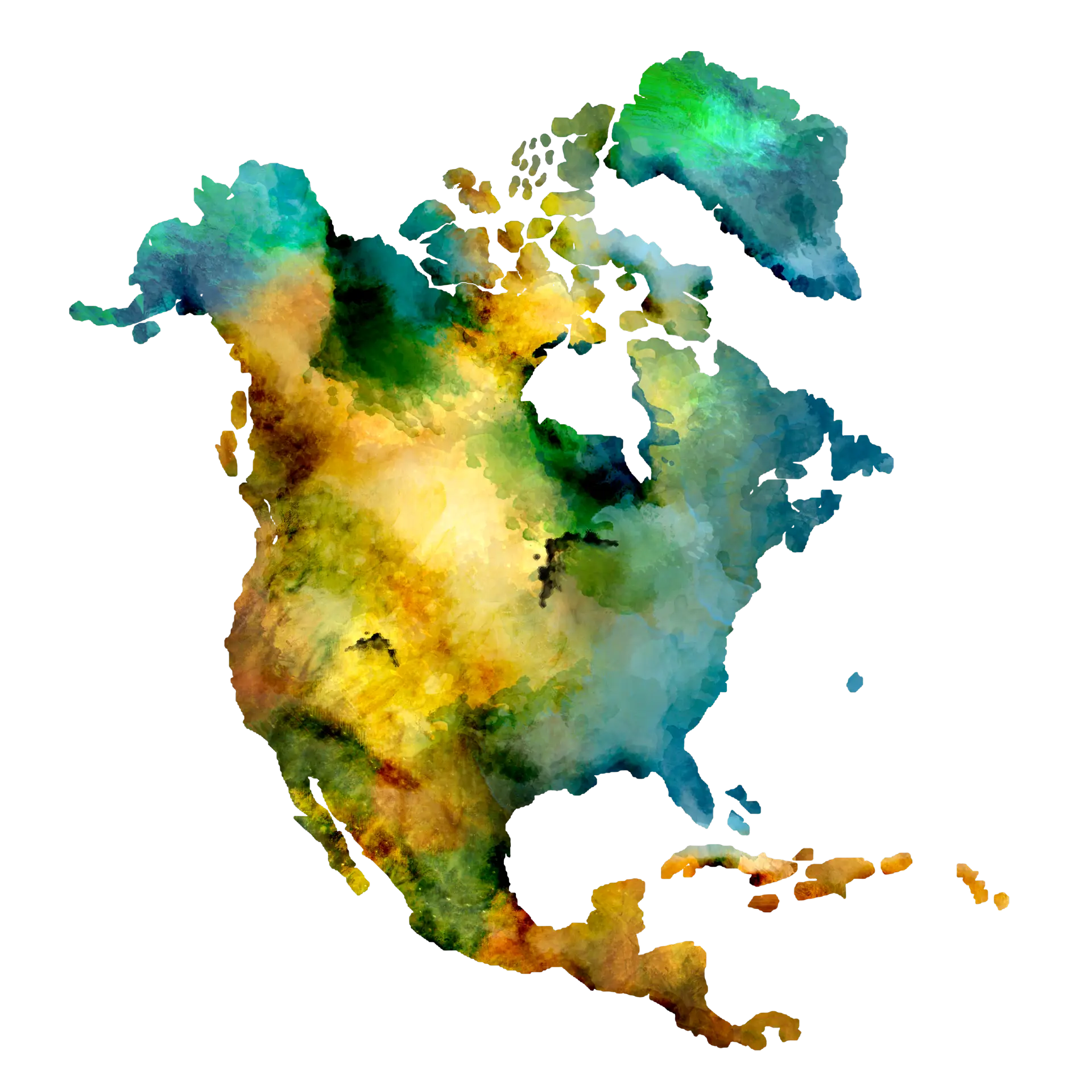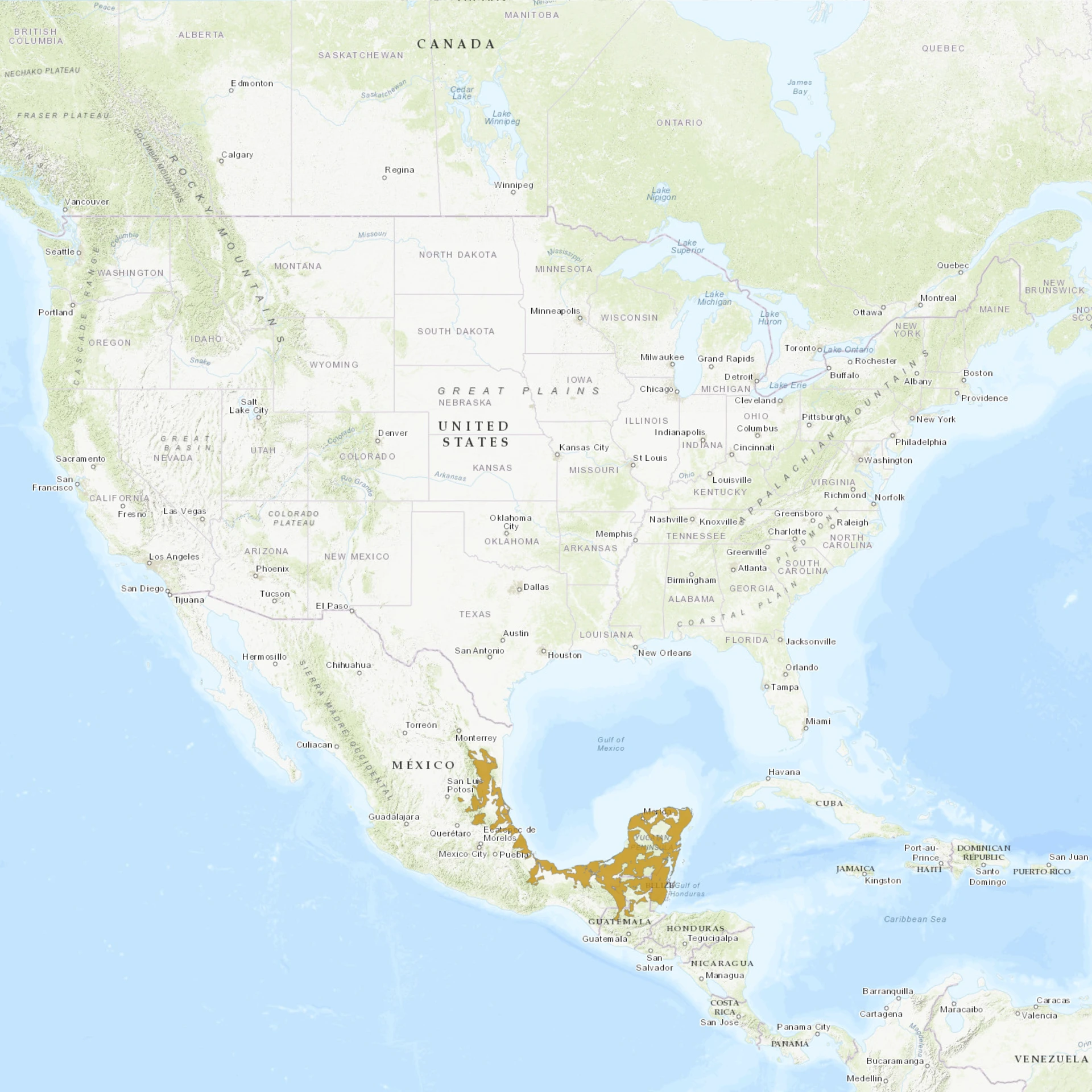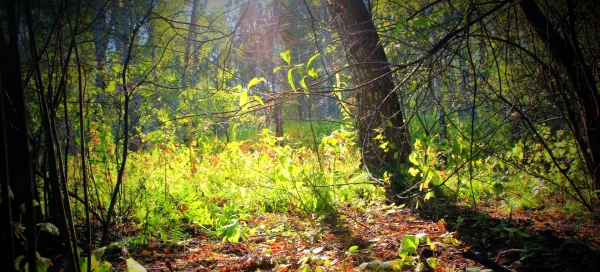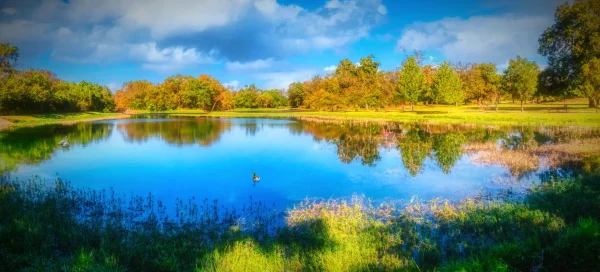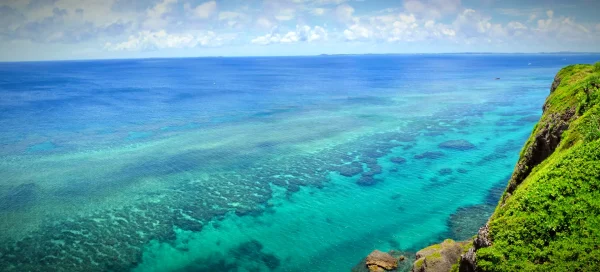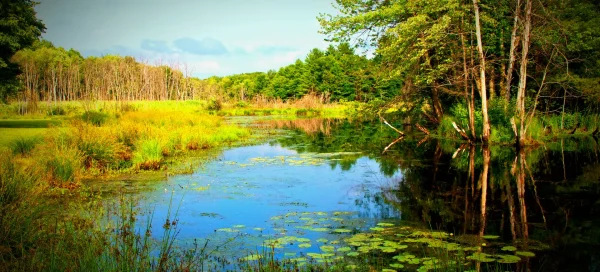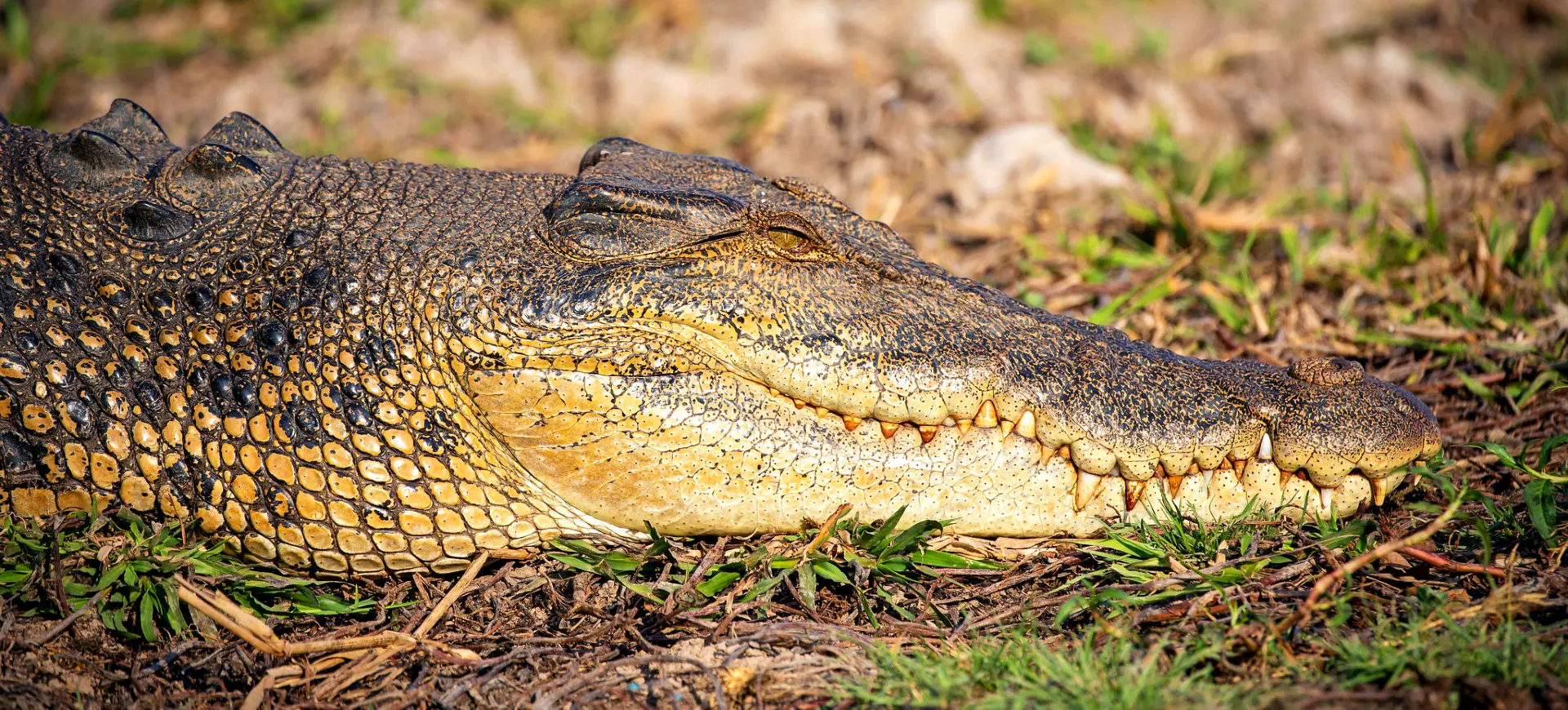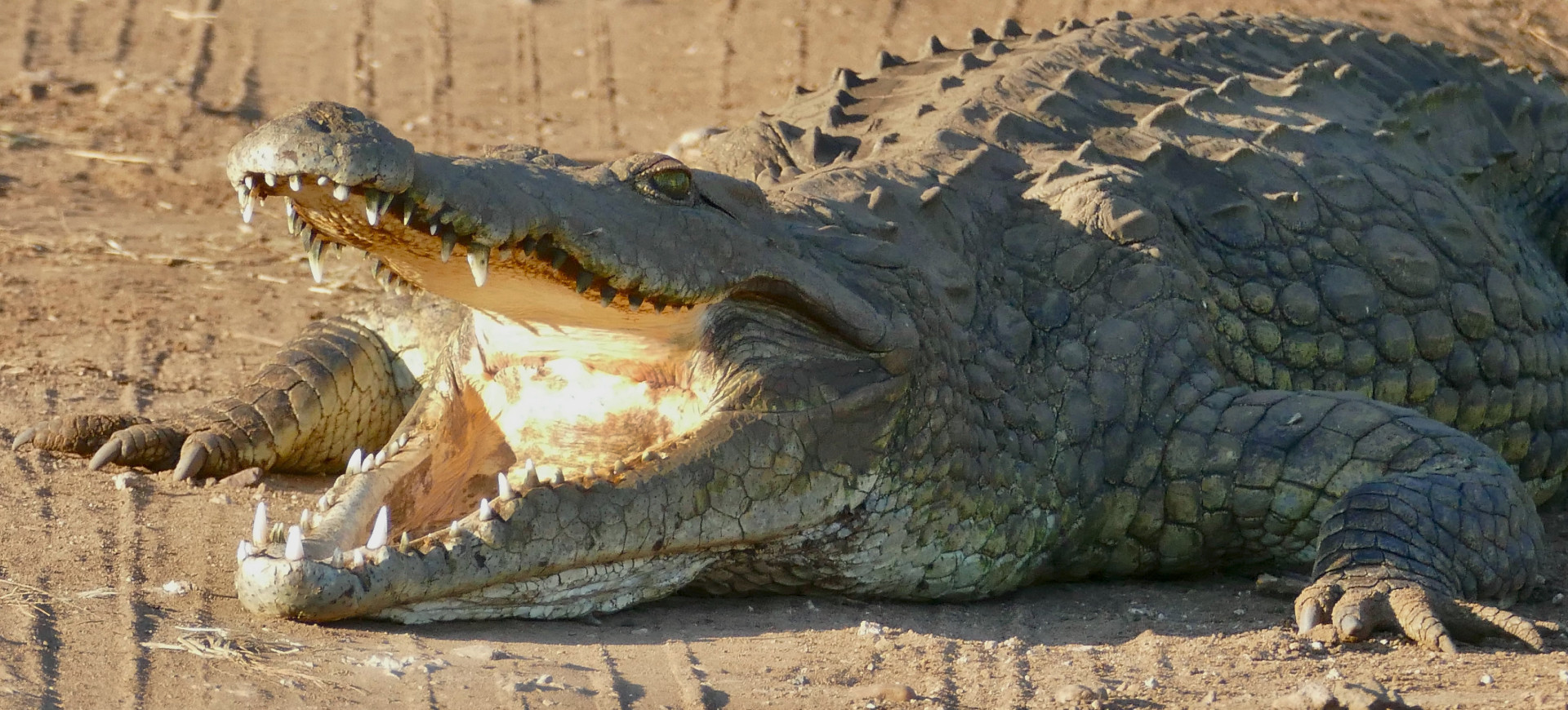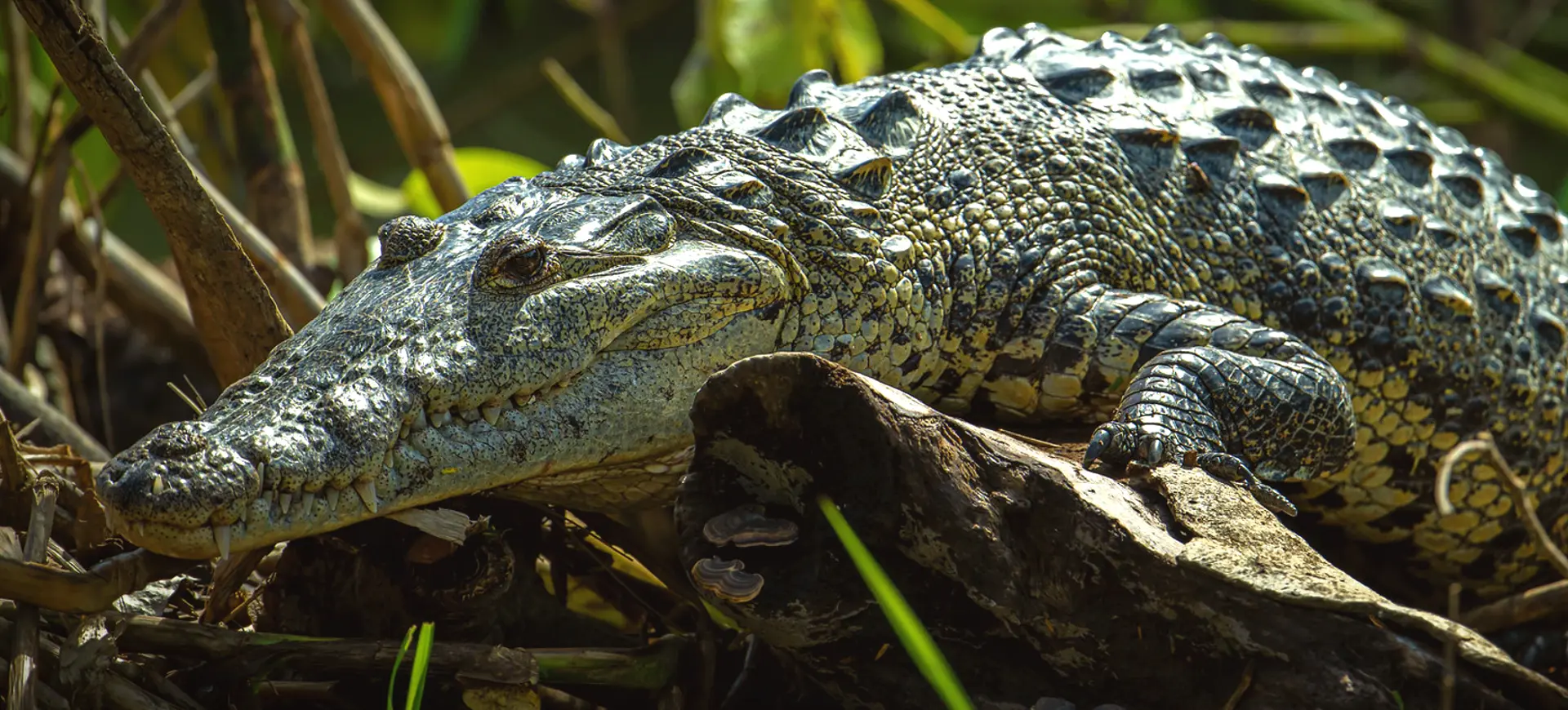Overview
The Morelet’s Crocodile (Crocodylus moreletii) is a medium-sized crocodilian species native to freshwater habitats in Mexico, Belize, and Guatemala. This Crocodile inhabits swamps, marshes, rivers, and lagoons with slow-moving or still waters, where dense vegetation provides excellent cover for hunting and nesting. Morelet’s Crocodile was once heavily hunted for its valuable hide, leading to severe population declines by the mid-20th century. Conservation measures and legal protection have since enabled substantial recovery across much of its native range.
Morelet’s Crocodile is generally secretive and prefers habitats with abundant aquatic vegetation that supports a rich diversity of prey. Adults are highly territorial, defending nesting and basking sites from rivals and intruders. Although smaller than some other crocodilian species, they are capable predators that can take a wide range of prey, including fish, birds, reptiles, and mammals. Their conservation status has improved, but habitat loss, illegal hunting, and human conflict remain significant threats.
They are most active during dawn and dusk, spending daytime hours basking or resting among dense plants along the water’s edge. During the breeding season, females build mound nests of vegetation and soil, carefully guarding eggs until they hatch. Hatchlings are precocial and can feed independently soon after emerging, but remain close to their mother for protection. Research and monitoring continue to track population trends and habitat health throughout their range.
Taxonomy
Kingdom
Phylum
Class
Order
Family
Genus
Species
Type
Current distribution:
Morelet’s Crocodile occurs primarily in Mexico’s Atlantic drainage, including the Yucatán Peninsula and Gulf coastal plains. Substantial populations also persist in northern Belize and parts of northern Guatemala, particularly in protected areas and remote wetlands. Their range has contracted in some regions due to habitat loss and overhunting; however, conservation efforts have allowed populations to rebound. Surveys indicate that Mexico supports the majority of the global population.
Introductions outside the native range have not been widely successful, and this species remains largely confined to its historical distribution. Localized populations in Guatemala are smaller and more fragmented than those in Mexico and Belize. Transboundary cooperation among these countries supports monitoring and management programs. Overall, recovery continues but requires sustained protection to ensure long-term viability.
Physical Description:
Morelet’s Crocodile has a robust body with a broad snout and prominent, upward-facing eyes adapted for hunting in shallow water. Its dorsal surface is dark olive to grayish-brown with irregular black markings and banding along the tail, providing effective camouflage among aquatic vegetation. The ventral side is pale cream or yellowish, sometimes with darker blotches near the flanks. Juveniles are more brightly patterned, with contrasting yellow bands and spots that help conceal them in dense cover.
Adults have heavily armored scales and osteoderms covering the back and neck, offering protection against predators and rivals. The jaws are lined with 66–68 sharp teeth designed for gripping slippery prey, while the powerful tail propels them quickly through water. Males are significantly larger and bulkier than females, with broader heads and longer total length. The nostrils and eyes are positioned dorsally, allowing the animal to breathe and observe while mostly submerged.

Lifespan: Wild: ~65 Years || Captivity: ~70 Years

Weight: Male: 220–330 lbs (100–150 kg) || Female: 110–190 lbs (50–86 kg)

Length: Male: 118–157 in (300–400 cm) || Female: 98–126 in (250–320 cm)

Height: Male: 12–16 in (30–40 cm) at the shoulder || Female: 10–14 in (25–35 cm) at the shoulder

Top Speed: 19 mph (30 km/h)
Characteristic:
Native Habitat:
Morelet’s Crocodile is found in lowland freshwater habitats, including swamps, marshes, lagoons, oxbow lakes, and slow-moving rivers. They prefer areas with abundant aquatic vegetation, which provides shelter, nesting material, and habitat for prey species. Seasonal fluctuations in water levels create dynamic environments where crocodiles move between permanent and temporary wetlands. Nests are often constructed on elevated banks or floating mats of vegetation, which are safe from flooding.
These crocodiles tolerate moderate salinity and can occasionally be found in brackish estuarine habitats, though they avoid fully marine environments. Dense riparian forests and wetland margins offer critical refuge during dry seasons when water levels recede. Human activities such as agriculture and deforestation have degraded many traditional habitats. Protected wetlands and reserves are now essential strongholds for remaining populations.
Biogeographical Realms:
Continents:
Diet:
Diet & Feeding Habits:
Morelet’s Crocodile is a carnivorous apex predator that consumes a wide variety of vertebrate and invertebrate prey depending on age and size. Juveniles feed primarily on insects, crustaceans, snails, and small fish found in shallow water habitats. As they mature, their diet shifts to include larger fish, waterfowl, turtles, and terrestrial mammals that approach the water’s edge. Opportunistic feeding behavior enables them to capitalize on seasonal food availability, including carrion.
Hunting occurs primarily at night or during low-light periods, when crocodiles rely on stealth and sudden bursts of speed to ambush prey. They use their strong jaws to grasp and drown struggling animals before swallowing them whole or tearing them into pieces. Their stomachs contain powerful acids that efficiently digest bones, scales, and shells. Feeding frequency varies with temperature, reproductive cycles, and prey abundance.
Mating Behavior:
Mating Description:
Morelet’s Crocodile has a polygynous mating system, in which dominant males establish territories that overlap with those of several females. Courtship begins in the dry season, involving vocalizations, bubble displays, and head-slapping behaviors to attract mates and deter rivals. Females construct mound nests of vegetation and soil on elevated banks or floating mats, where they lay clutches averaging 20–45 eggs. The female guards the nest throughout incubation, aggressively defending it from predators such as raccoons and large birds.
Incubation lasts approximately 75–85 days, with temperature influencing sex determination of the embryos. At hatching, the female assists by opening the nest and carrying hatchlings to water in her mouth. Young remain near the nest site under the female’s protection for several weeks, feeding independently on small prey. Maternal care improves survival rates during this vulnerable early life stage.
Reproduction Season:
Birth Type:
Pregnancy Duration:
Female Name:
Male Name:
Baby Name:
Social Structure Description:
Outside the breeding season, Morelet’s Crocodiles are largely solitary, occupying discrete territories in rivers, swamps, and lagoons. During the dry season, shrinking water sources can concentrate individuals, leading to increased social interactions and competition. Dominant males establish and defend territories that overlap with the home ranges of several females. Juveniles often gather in nursery areas, protected by dense vegetation or maternal care.
Communication relies on vocalizations, body postures, and water movements to convey aggression, courtship, and submission. Hatchlings form cohesive groups near their nesting sites for safety during the early stages of their lives. As they mature, individuals gradually disperse to establish their territories. This spatial organization helps reduce conflicts and maintain stable population structures.
Groups:
Conservation Status:
Population Trend:
Morelet’s Crocodile populations have recovered substantially from mid-20th-century declines caused by overhunting for skins. Strict legal protections, sustainable management, and the establishment of reserves have facilitated steady increases across much of the native range. Populations in Mexico are the most robust and widely distributed, while smaller populations in Belize and Guatemala remain stable but localized. The conservation status has improved from Endangered to Least Concern, reflecting the successful recovery efforts.
Despite this progress, some subpopulations remain vulnerable to habitat loss, poaching, and conflict with humans. Hybridization with introduced crocodile species is a minor concern in a few areas. Ongoing research, monitoring, and habitat protection are crucial for sustaining population growth and preventing future declines. Transboundary cooperation continues to play a crucial role in long-term conservation.
Population Threats:
Habitat destruction, primarily caused by wetland drainage, agricultural expansion, and deforestation, remains the most significant threat. Illegal hunting for skins, meat, and eggs occasionally occurs despite protective legislation in place. Human-crocodile conflicts occur when crocodiles prey on livestock or are perceived as threats to nearby communities. Pollution and contamination of freshwater habitats can impact reproductive success and prey availability, ultimately affecting the health of aquatic ecosystems.
Climate change may alter wetland hydrology and nesting success through increased droughts and flooding events. Limited genetic diversity in some isolated populations could affect resilience to disease and environmental change. Continued enforcement of hunting bans and habitat management is critical. Public awareness programs help reduce persecution and promote coexistence.
Conservation Efforts:
Legal protection across Mexico, Belize, and Guatemala prohibits hunting and trade of Morelet’s Crocodile. International treaties such as CITES list the species under Appendix I, regulating international commerce in skins and products. Reintroduction programs have re-established populations in some formerly occupied habitats. Sustainable management plans guide egg collection, ranching, and habitat restoration, balancing conservation and economic interests.
Community-based education programs promote conservation awareness and reduce conflicts by teaching safe coexistence practices. Protected areas and biosphere reserves safeguard critical wetland habitats essential for breeding and feeding. Genetic studies monitor population structure and assess the risks of hybridization. Ongoing research informs adaptive management strategies and supports continued recovery.
Additional Resources:
Fun Facts
- Morelet’s Crocodile has one of the broadest snouts among New World crocodilians.
- Their jaws can exert bite forces exceeding 2,000 pounds per square inch.
- They can remain submerged for over an hour without surfacing.
- Hatchlings communicate with their mother by making squeaking calls while still in the egg.
- The sex of the offspring is determined by nest temperature during incubation.
- Their eyes have a protective transparent membrane that covers the eye underwater.
- They often use a “high walk” gait to cross land between water bodies.
- Juveniles can grow over a foot per year under favorable conditions.
- They play important ecological roles as apex predators in wetland ecosystems.
- Their conservation success is considered a model for other crocodilian species recovery.

